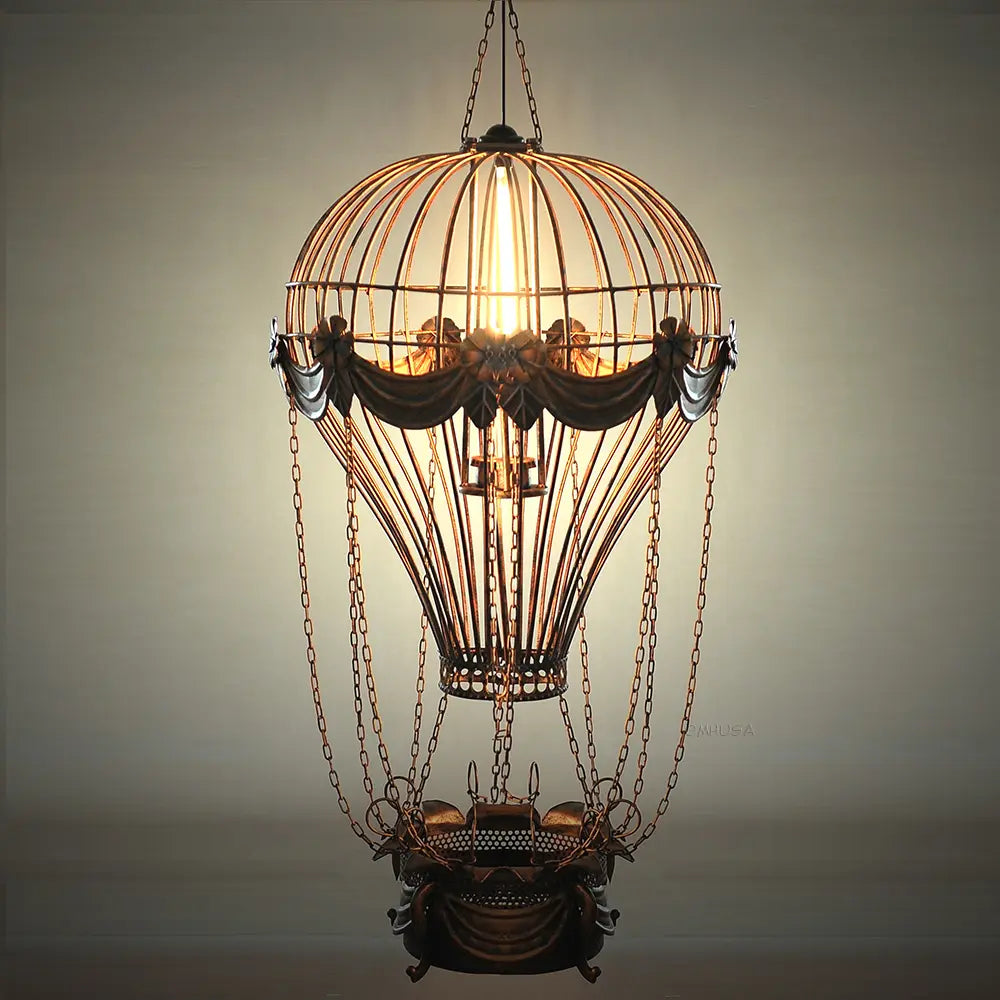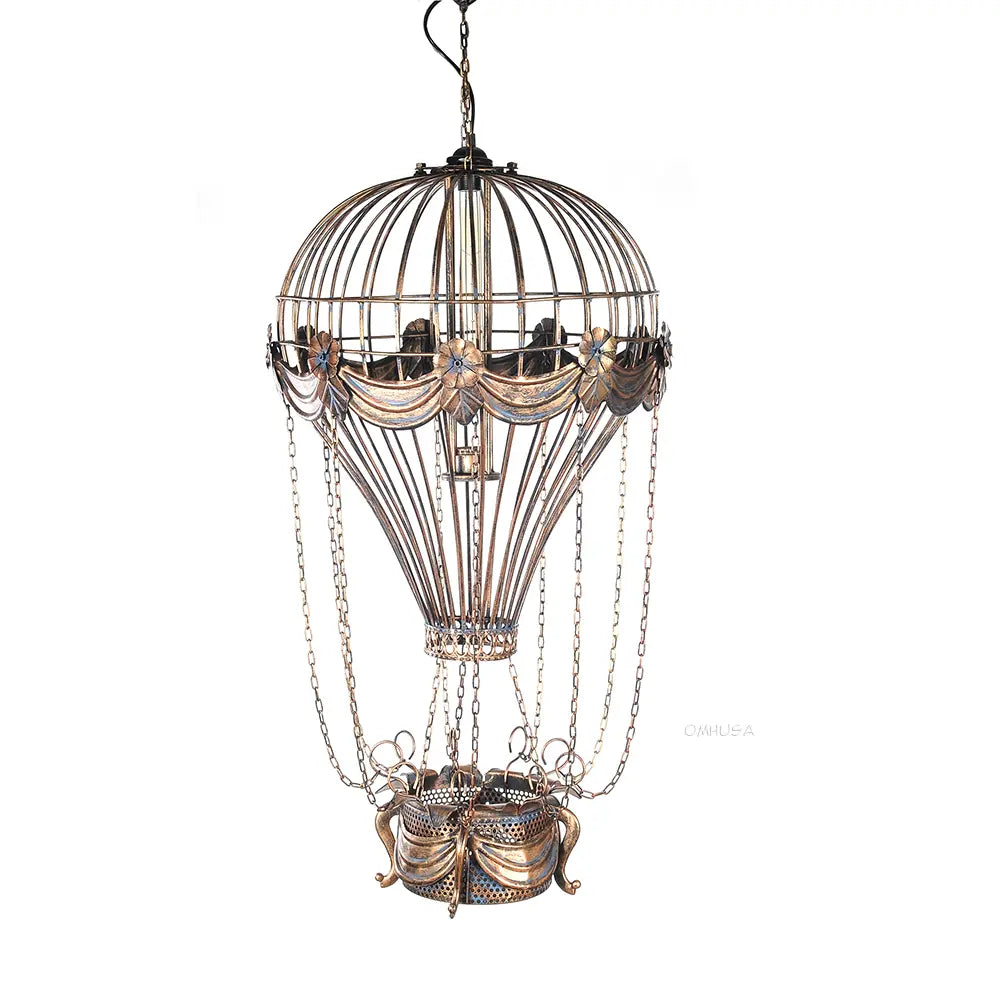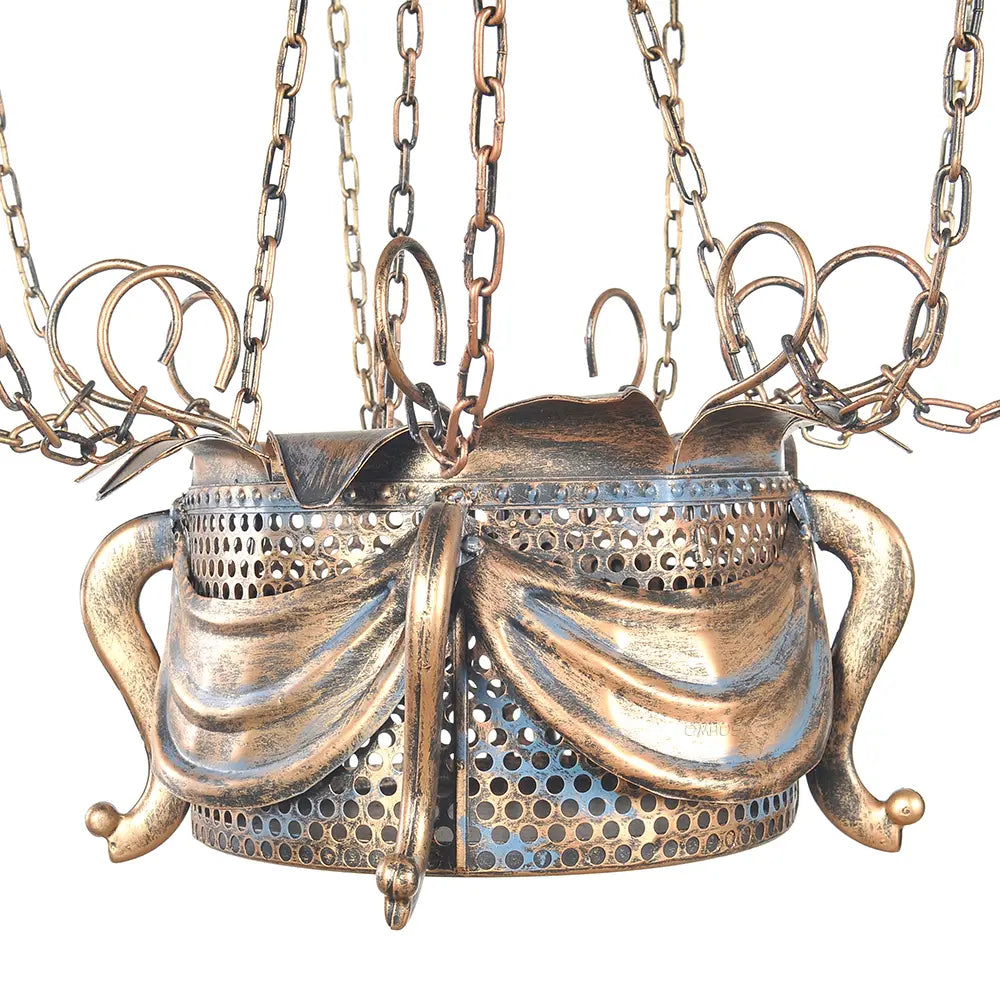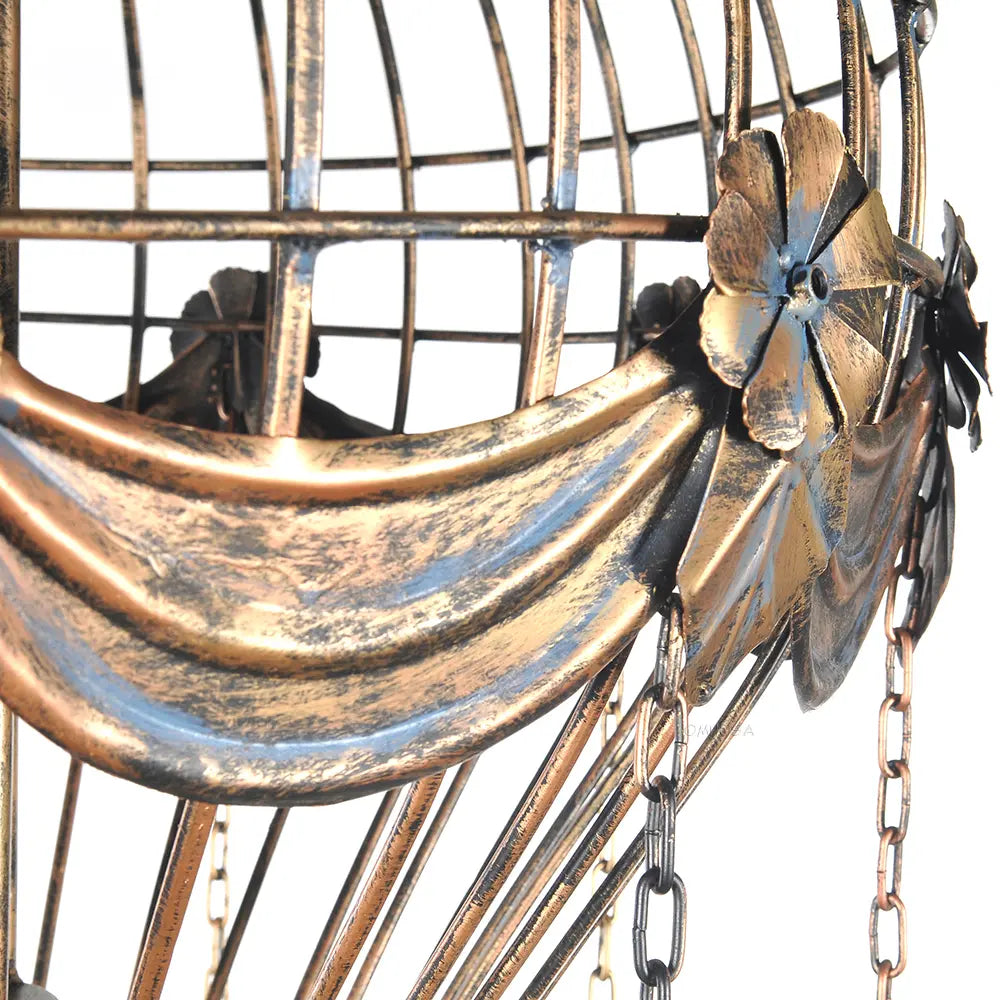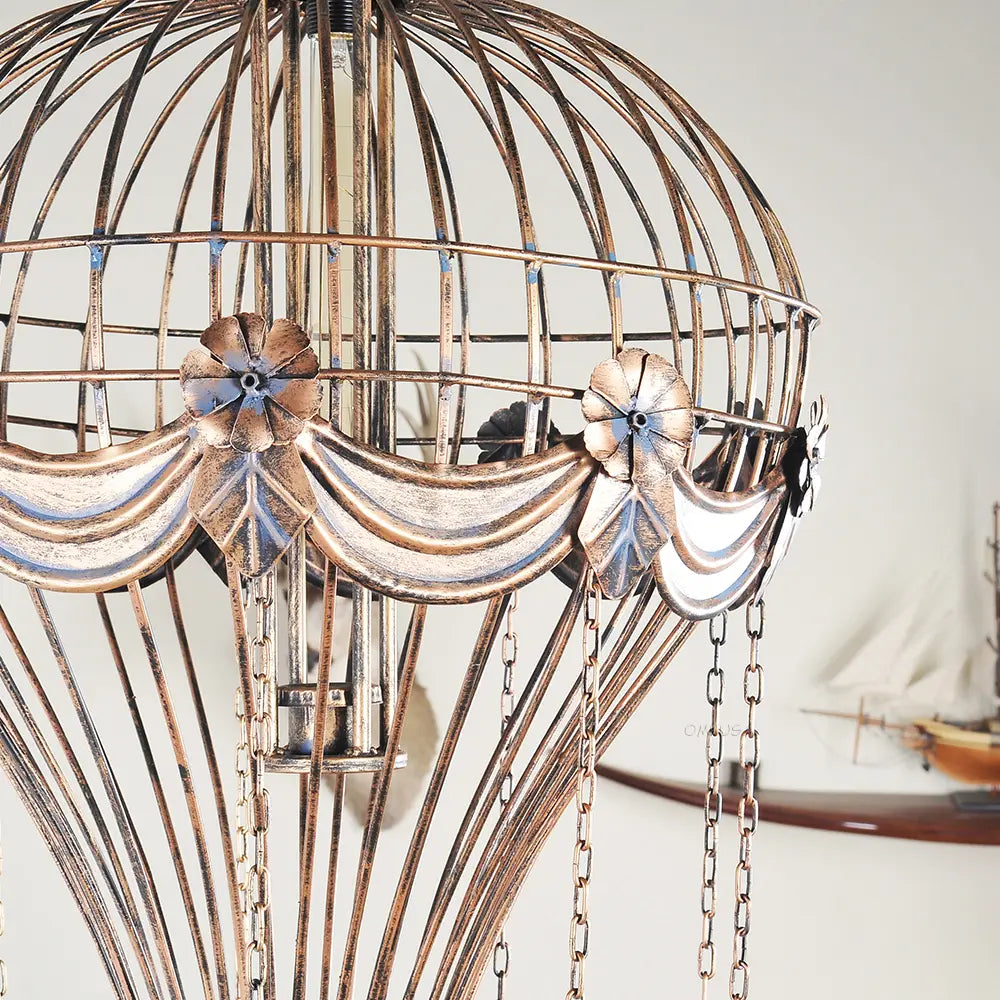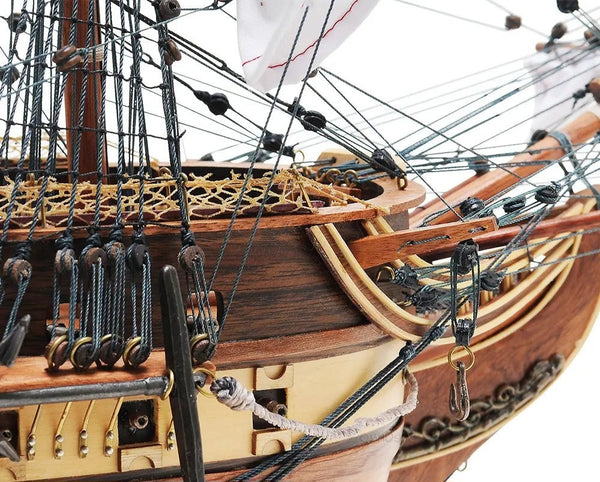OMH
Vintage Hot Air Balloon Pendant
Vintage Hot Air Balloon Pendant
Regular price
$639.99 USD
Regular price
Sale price
$639.99 USD
Unit price
per
Shipping calculated at checkout.
Couldn't load pickup availability
- * * * * Really beautiful! Pictures not show how beautiful ...

Free USA Shipping
Overall Dimensions
23L x 23W x 41H Inches

Get the trending rustic look in the comfort of your home! Our vintage hot air balloon pendant is the perfect way to light up and make a statement without overpowering your space. This pendant is handmade out of metal with incredible details such as an iron frame, chain, decorative flower, unique basket, and painted in vintage color. It comes with a wire that can be plugged in or hardwired.
Material: Iron
Type of bulb base: E14
Number of bulbs: 1
Light bulb are included.

Material: Iron
Type of bulb base: E14
Number of bulbs: 1
Light bulb are included.

History:
A hot air balloon is a lighter than air aircraft consisting of a bag, called an envelope, which contains heated air. Suspended beneath is a gondola or wicker basket (in some long-distance or high-altitude balloons, a capsule), which carries passengers and (usually) a source of heat, in most cases an open flame. The heated air inside the envelope makes it buoyant since it has a lower density than the colder air outside the envelope. As with all aircraft, hot air balloons cannot fly beyond the atmosphere. Unlike gas balloons, the envelope does not have to be sealed at the bottom, since the air near the bottom of the envelope is at the same pressure as the surrounding air.
The hot air balloon is the first successful human-carrying flight technology. The first untethered manned hot air balloon flight was performed by Jean-Fran�ois Pil�tre de Rozier and Fran�ois Laurent d'Arlandes on November 21, 1783, in Paris, France, in a balloon created by the Montgolfier brothers. The first hot-air balloon flown in the Americas was launched from the Walnut Street Jail in Philadelphia on January 9, 1793, by the French aeronaut Jean Pierre Blanchard.
A hot air balloon is a lighter than air aircraft consisting of a bag, called an envelope, which contains heated air. Suspended beneath is a gondola or wicker basket (in some long-distance or high-altitude balloons, a capsule), which carries passengers and (usually) a source of heat, in most cases an open flame. The heated air inside the envelope makes it buoyant since it has a lower density than the colder air outside the envelope. As with all aircraft, hot air balloons cannot fly beyond the atmosphere. Unlike gas balloons, the envelope does not have to be sealed at the bottom, since the air near the bottom of the envelope is at the same pressure as the surrounding air.
The hot air balloon is the first successful human-carrying flight technology. The first untethered manned hot air balloon flight was performed by Jean-Fran�ois Pil�tre de Rozier and Fran�ois Laurent d'Arlandes on November 21, 1783, in Paris, France, in a balloon created by the Montgolfier brothers. The first hot-air balloon flown in the Americas was launched from the Walnut Street Jail in Philadelphia on January 9, 1793, by the French aeronaut Jean Pierre Blanchard.
